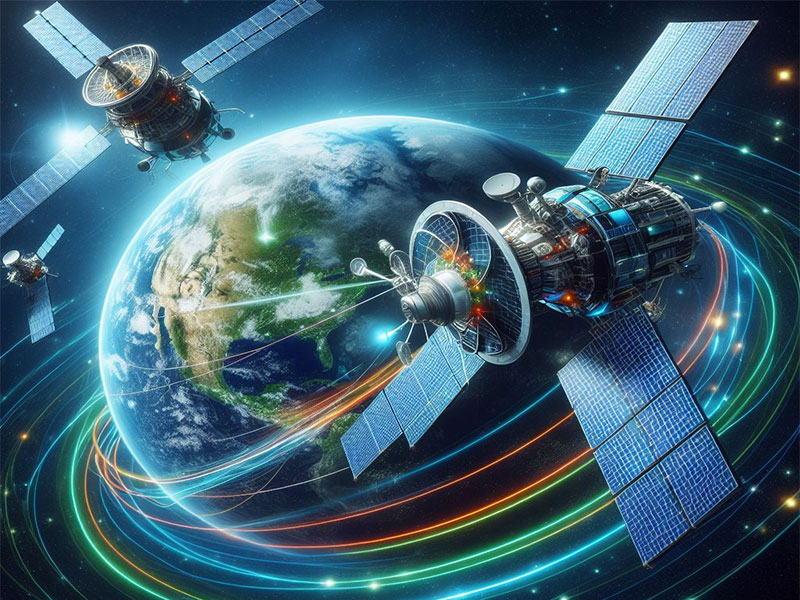India is in its nascent stages of mainstream Satellite communication. As per the reports, the market for India’s Satcom is likely to go from 22.6 billion dollars to 38.7 billion dollars in the next five years. Airtel-backed Eutelsat OneWeb, Reliance Jio has already acquired the licenses with Starlink desperately waiting to enter the queue. The LEO satcom business will greatly enhance India’s business in four major domains.
Inter-operability and better quality in the Telecom sector itself
Reliance Jio and Airtel-backed One Web have already acquired the GMPCS license and their Satcom ventures will greatly enable interoperability for their existing cellular network which will keep on undergoing upgrades due to data consumption going through the roof every year. Expect to witness an increase in call quality due to more bandwidth available at the peak hours from the satcom.
Reaching Far-Flung remote terrains without fiber and cellular connectivity
One of the major benefits of the Satcom will be in reaching the remote areas. As per the reports, nearly 50% of India’s population is yet to access the Internet. Considering the 1.37 billion, 50% of it means a significant market that the telecom companies are looking to tap in the coming years and Satcom will greatly enable that to target customers in rural areas where fiber or even cellular networks are hard to penetrate. Expect to surf with web in high definition in the coming years with high data limits while you enjoy a vacation in any remotest part of India. There are reports that Starlink has already started sending Satcom satellites that will offer direct connectivity to mobile phones.
Internet of Things
The Internet of Things is about to boom in the nation within the next 5 years. The market is expected to reach US$33.34bn by 2024. With Satcom’s penetration into the mainstream consumer, businesses will leverage IOT to an increasing extent.
Agriculture
India’s agricultural sector is witnessing robust growth with nearly 4.6% growth every year for the last six years. Satellite imagery can help the farmers to understand the layout and composition of the land and optimize planting. Satellite instruments are capable of monitoring the health of the crops and letting the farmers know about the crops that require nutrients and protection. The instruments and machines linked to the GPS then can be instructed through satellite internet to undertake the required action with precise control.



